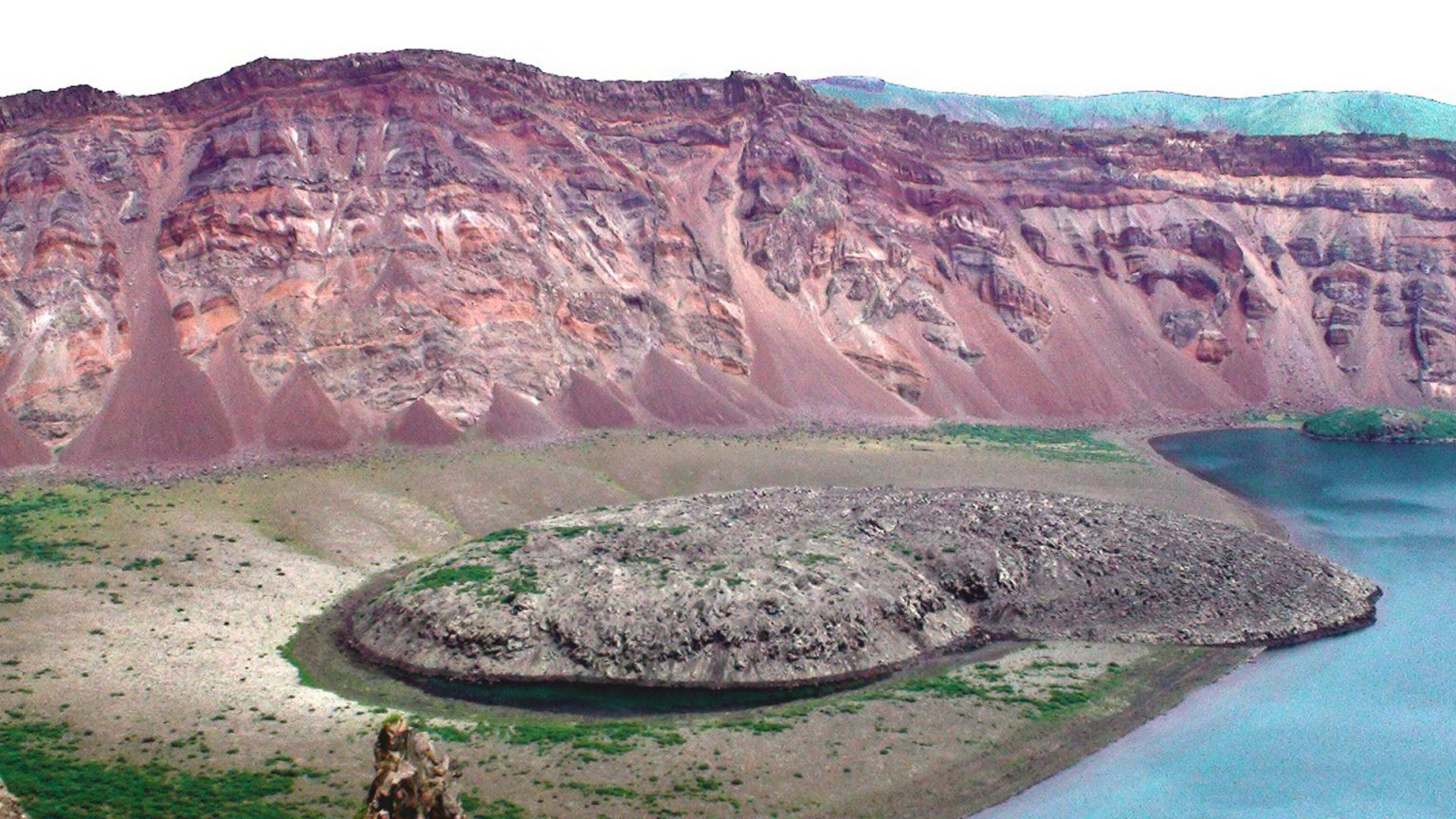The year 1831 witnessed a mysterious volcanic eruption that wreaked havoc on global climate, leading to devastating famines and societal upheaval. For nearly two centuries, the source of this eruption remained elusive, its location a perplexing enigma for scientists. The eruption injected massive amounts of sulfurous gases into the atmosphere, creating a reflective veil that diminished sunlight penetration, causing a significant drop in global temperatures. This climatic shift resulted in widespread crop failures and subsequent famines, leaving a lasting mark on the early 19th century.
Recent research, spearheaded by scientists at the University of St Andrews, has finally pinpointed the source of this enigmatic eruption. Through advanced analysis of ice core records, the team identified microscopic ash shards trapped within the ice, providing a “perfect fingerprint match” to the Zavaritskii volcano on the remote, uninhabited Simushir Island, part of the Kuril Islands chain disputed between Russia and Japan. This breakthrough was made possible by cutting-edge techniques developed only in recent years, enabling the extraction and detailed chemical analysis of these minuscule ash particles, each measuring a mere tenth the diameter of a human hair.
The ice core analysis not only pinpointed the location of the volcano but also confirmed the eruption’s timing and intensity. The high temporal resolution of the analysis placed the eruption in the spring-summer of 1831 and confirmed its highly explosive nature. The process of matching the ash shards required extensive international collaboration with colleagues in Japan and Russia, who provided crucial samples collected from remote volcanoes decades earlier. The eureka moment arrived when the chemical composition of the ice core ash perfectly matched the ash from the Zavaritskii volcano, confirming its role in the 1831 global crisis.
Simushir Island, a remote and uninhabited outpost in the Kuril Island chain, holds a unique historical significance beyond its volcanic activity. During the Cold War, the Soviet Union utilized the island as a clandestine nuclear submarine base, ingeniously docking its vessels within a flooded volcanic crater. This historical context adds another layer of intrigue to the island’s role in the 1831 eruption and its subsequent impact on global climate. The Kuril Islands are recognized as a highly active volcanic region, emphasizing the potential for future eruptions and the importance of understanding these geological forces.
The far-reaching impact of the 1831 eruption, despite its remote origin, is documented in historical accounts. The German composer Felix Mendelssohn, during his 1831 summer travels through the Alps, described the unusually harsh weather conditions, including persistent rain, freezing temperatures, and early snowfall. These observations provide tangible evidence of the eruption’s widespread climatic consequences, illustrating how even remote volcanic events can dramatically influence global weather patterns.
The identification of the Zavaritskii volcano as the culprit behind the 1831 climate crisis underscores the importance of continuous volcanic monitoring and research. Scientists emphasize the need to identify and monitor similar “mystery eruptions” to better predict and mitigate the impact of future volcanic events. The 1831 eruption serves as a stark reminder of the interconnectedness of global systems and the potential for far-reaching consequences from even the most remote locations. The ability to accurately map and monitor these potentially disruptive volcanic events is crucial for preparedness and international response coordination. The discovery, while solving a 200-year-old mystery, also raises concerns about our preparedness for future large-magnitude eruptions and highlights the need for greater international collaboration in monitoring and responding to such global threats.


